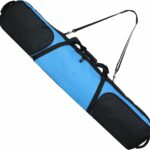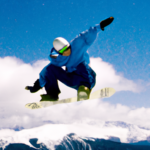You’re standing at the peak of a snow-capped mountain, the crisp winter air chilling your face as you take in the breathtaking view. Imagine if you could take this experience up a notch and truly amaze your friends by performing a flawless 360 on your snowboard. The article “How To Do 360 Snowboard?” doesn’t just aim to help you dream about it, but also provides a step-by-step guide to make it happen. From basics to mastering the move, it’s all right here. So adjust your goggles and get ready to ride like never before.
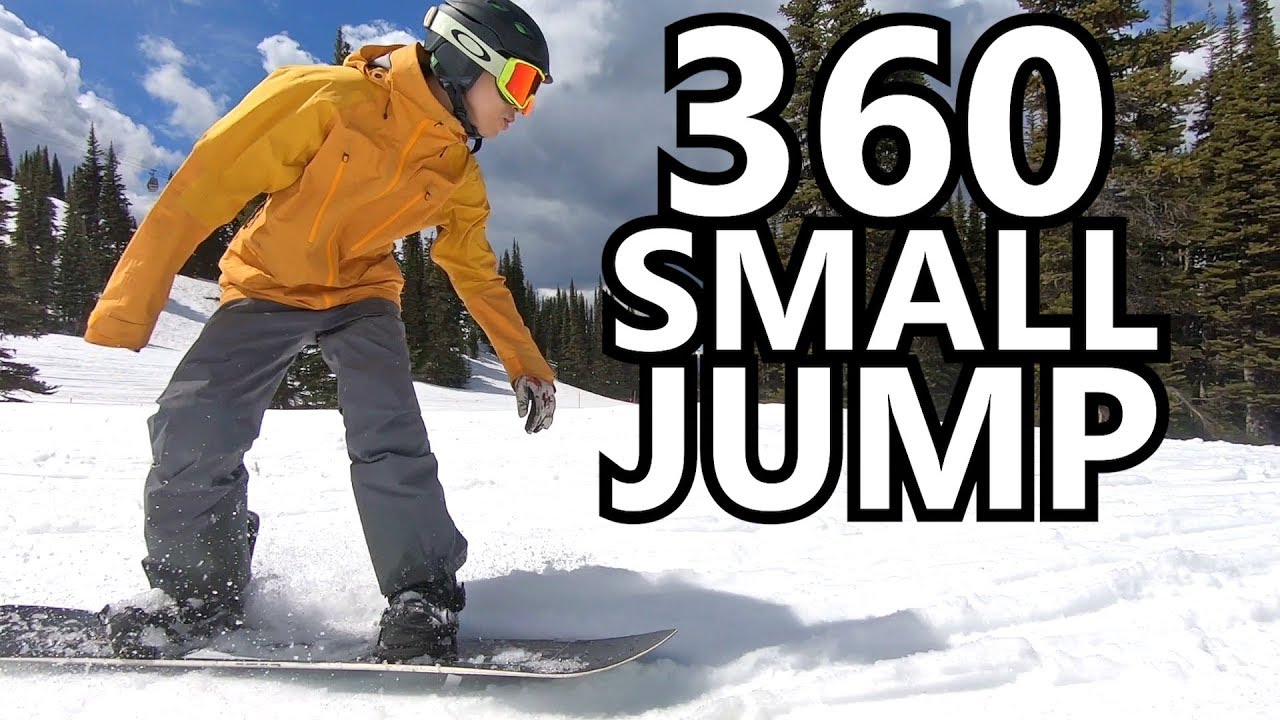
Understanding the Basics
Before we delve into the specifics of executing a 360-degree spin on your snowboard, let’s first nail down the basics. Understanding the baseline techniques and practices commonly associated with snowboarding will set you up for success as you attempt to step up your game.
The Concept of 360 Snowboarding
In the thrilling world of snowboarding, a 360 stands for a complete rotation, or spin, while airborne. Picture launching off the lip of a jump and spinning in the air a full circle to land facing the direction you started. This move is not only visually impressive but also technically challenging. It requires a strong foundation in basic snowboarding skills and a deep understanding of rotational movement, balance, and control.
Importance of Mastering Basic Snowboarding Skills First
If you are new to the slopes, it’s crucial to feel comfortable on your board before you start thinking about tricks. You need to master snowboarding basics such as stopping, turning, carving and controlling your speed. Getting a good handle on these fundamental movements will ease your transition into learning advanced tricks like the 360. It’s not about rushing to do the flashiest tricks, it’s about nailing the basics so you can build upon them safely and efficiently.
Key Techniques in 360 Snowboarding
There are several key techniques that make executing a 360 on a snowboard possible. Each requires practice and a firm understanding of how your body behaves on the board.
Rotational Movement
Executing a smooth 360 spin is all about generating and maintaining rotational momentum. Your shoulders, head, and hips are the key elements that put this in motion. Opening up your lead shoulder in the direction you want to spin and turning your head to spot your landing can stir the necessary torque for the spin.
Body Positioning
Proper body positioning can make or break your 360. Stay centered on your board when approaching the jump. Ensure that your knees are slightly bent and your gaze is straight ahead. While in mid-air, your body should become more compact to complete the spin effectively.
Importance of Balance and Control
Balance and control can never be overstated in snowboarding. This especially applies when you’re about to launch yourself into the air for a maneuver like a 360. It’s in maintaining your balance and control throughout the jump, spin, and landing where the 360 is made or broken.
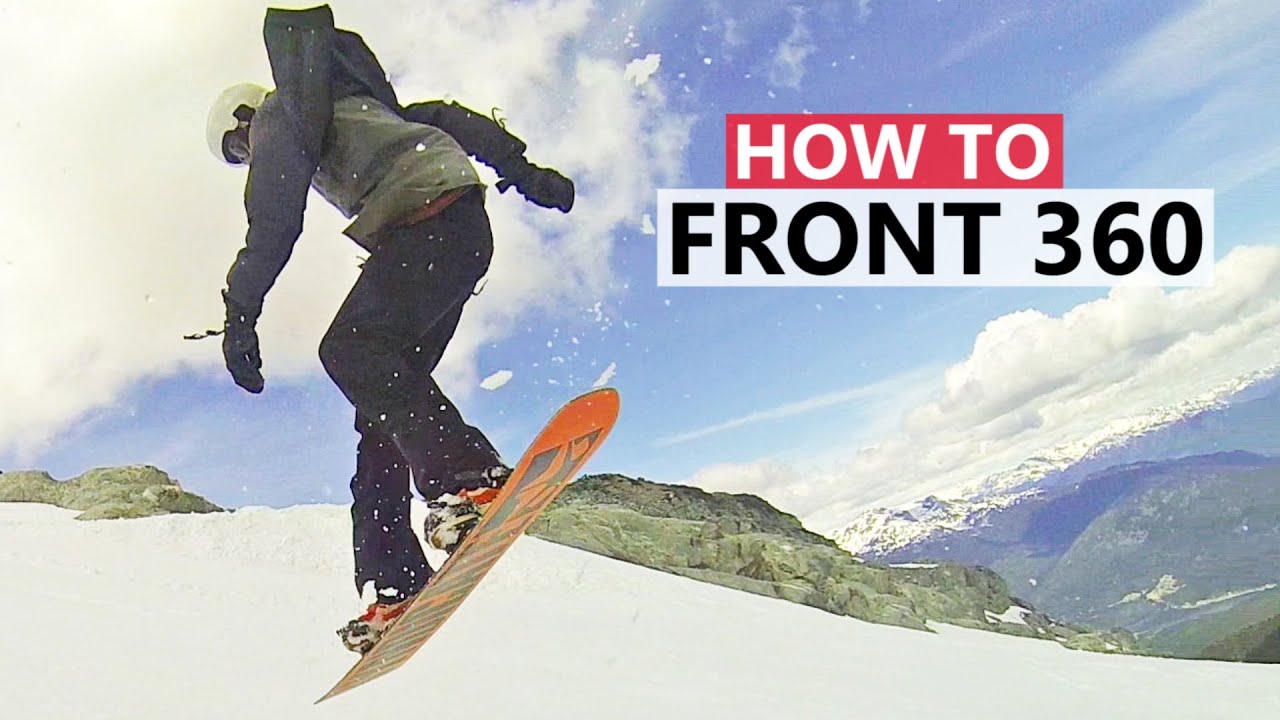
Warming Up Preparations
Before you strap into your board, it’s necessary to prepare your body for the exercise it’s about to do.
Recommended Stretching Practices
Start with dynamic stretching, which warms up your muscles by engaging them in movement. Think of lunges, high-knees and arm circles. It’s also good to focus on your core and lower body, as these areas are heavily utilized when snowboarding.
Why Warming Up is Crucial
Warming up is crucial to prepare your muscles for the physical demands of snowboarding. It increases blood flow to your muscles, reducing the chance of injury and improving overall performance on the board.
Safety Measures
Before attempting a 360 on the slopes, there are safety measures and gear you need to consider.
Snowboarding Gear and its Role in Safety
Well-fitting snowboard boots, a helmet, and wrist-guards are essential for every snowboarder. For beginners, or those trying new tricks, additional padding on the elbows, knees and hips can help prevent injury. Safety gear acts as a shield, protecting the body during falls or collisions.
Risk Management before Learning 360 Snowboarding
Before charging toward the ramp, scout the snow conditions and your landing zone. Take a few trial runs at a slower pace. Remember, it’s gradually increasing your speed and jump height that will help control the risk involved in attempting a 360.
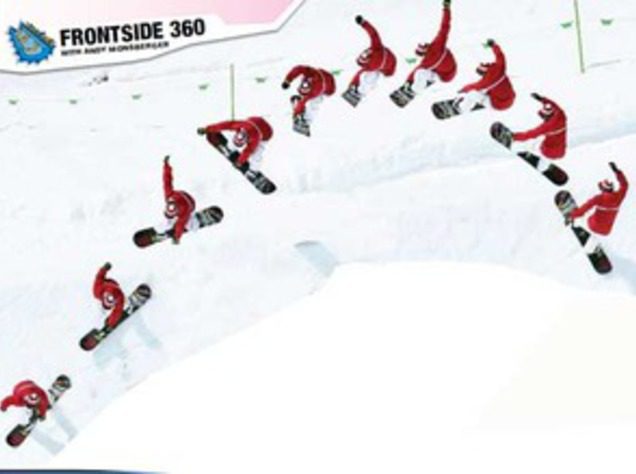
Learning the Jump
In 360 snowboarding, the jump is the moment of launch. Master this, and you’re halfway there.
Process of Launching Off Properly
Approach the jump with moderate speed, stay low and centered on your board. As you reach the jump, extend your legs and stand tall to maximize the lift. Around this time, start the winding-up process for the spin by opening your lead shoulder in the direction you want to spin.
Dealing with Mid-air Adjustments
Once airborne, it’s all about making mid-air adjustments. Pull your knees towards your chest to spin faster. Spot your landing over your lead shoulder, unwind your upper body and prepare to land.
Executing Rotational Movement
Executing the rotational movement facet of a 360 takes time, practice, and patience.
Understanding the Sequence of Body Movements
When doing a 360, remember the sequence: wind up, launch, spin, spot your landing, land, and ride away. In the spin stage, it’s your head and shoulder movements that lead the way, followed by your hips and board.
Perfecting the Timing of Rotation
It’s crucial to get the timing of your rotation right. Start your rotation as you launch off the ramp and aim to complete it by the time you land. Over-rotating or under-rotating can lead to awkward landings and potential crashes.

Mastering The Landing Technique
A clean landing is as impressive as the spin itself. When done properly, it demonstrates control and balance.
Steps to a Smooth Landing
As you complete your rotation, spot your landing and extend your legs, preparing to absorb the impact. Try to land with your board flat on the slope and your weight balanced evenly between your feet.
Rebalancing after the Trick
Upon landing, there’ll be some momentum from the trick. Bend your knees to absorb the shock and realign your body to its natural riding position as soon as possible. This will help you regain your balance and ride away smoothly.
Common Mistakes and How to Correct Them
Typical Errors in 360 Snowboarding
Common mistakes include not generating enough rotational momentum, an off-centered body position, or a rushed jump. In the landing stage, coming in too hard or being off-balance are common errors.
Tips on How to Rectify and Avoid Common Mistakes
Videoing your attempts can help you spot where you’re going wrong. Break down the 360 into segments and identify areas for improvement. Above all, practice makes perfect.
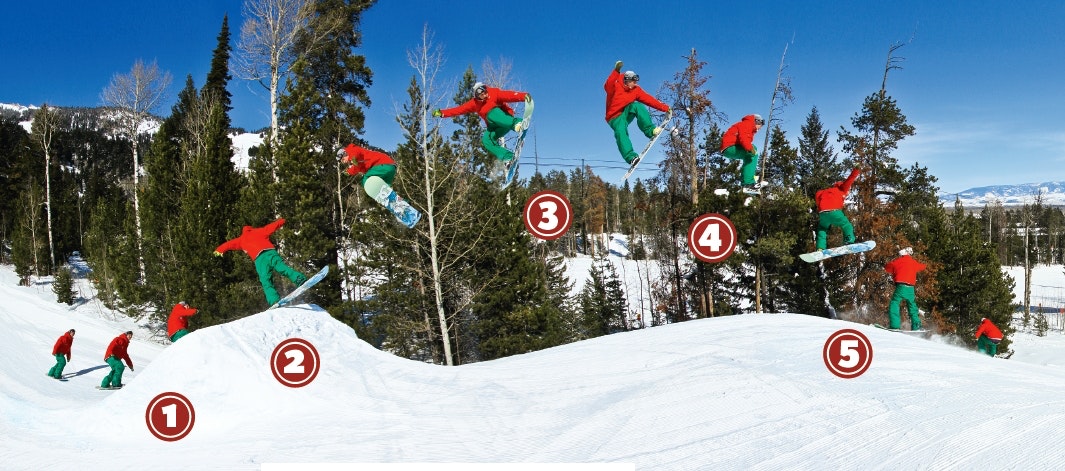
Training and Practice Routines
Regular practice is key to mastering the 360.
How Often a Learner Should Practice
If you’re just starting out with 360s, aim to practice at least a few times every week to build muscle memory and coordination.
Ideal Conditions for Practicing 360 Snowboarding
Perfecting a new trick like a 360 is easiest in favorable conditions. Clear skies and good visibility paired with smooth, well-groomed runs give you the best environment for practice.
Enhancing Your 360 Snowboarding Skills
As with any hobby or sport, there’s always room for improvement.
Incorporating Advanced Techniques
Once you’ve nailed the basic 360, challenge yourself with advanced techniques. You could add grabs during your spin, or even try a larger rotation like a 540 or 720.
Entering Competitions as a Method of Skill Improvement
Competing can fuel your progress. The shared stoke of competition can push your boundaries, hone your skills and expose you to new techniques. It’s not about winning or losing, but the thrill of the ride and the camaraderie amongst fellow riders.
- What Snowboard Bindings Should I Get? - January 23, 2024
- What Size Screws For Snowboard Bindings? - January 23, 2024
- How To Snowmobile On Water? - January 23, 2024







